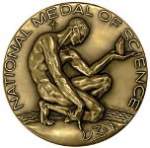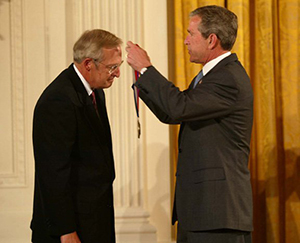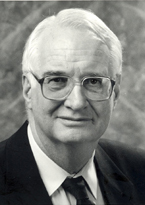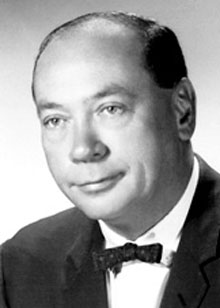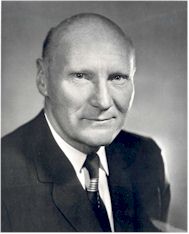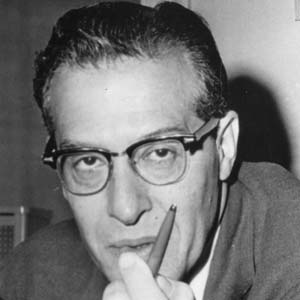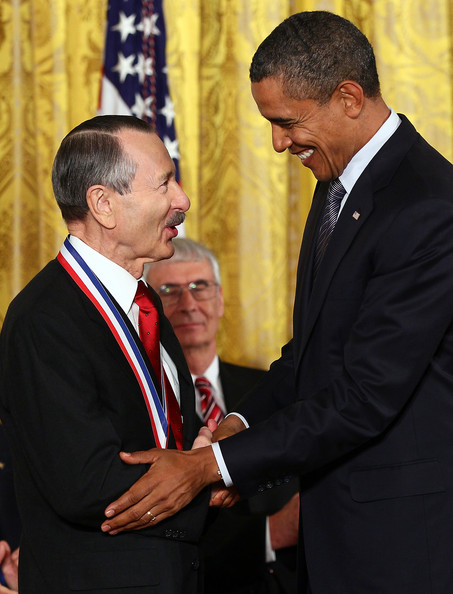Hans Georg Dehmelt National Medal of Science Awarded In 1995
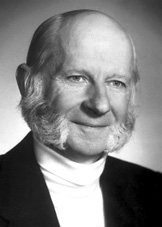
Hans Georg Dehmelt
Award Name : National Medal of Science
Year of Award : 1995
Award for : Physics
Location : Görlitz, Saxony, Germany
Hans Georg Dehmelt is a German-born American physicist, who
was awarded Nobel Prize in Physics in 1989, for co-developing the ion trap
technique with Wolfgang Paul, for which they shared one-half of the prize.
Their technique was used for high precision measurement of the electron
g-factor. He was born on September 9, 1922 in Gorlitz, Germany. Dehmelt’s
Penning trap, which he developed in 1955, can confine electrons and ions in a
small space for long periods of time in relative isolation. In 1973 Dehmelt
used his device to isolate a single electron for observation, an unprecedented
feat that opened the way for the precise measurement of key properties of
electrons. Dehmelt and his colleagues went on to develop methods for measuring
atomic frequencies and individual quantum jumps (the transitions between atomic
energy levels) with unprecedented precision. In the 1970s Dehmelt used his trap
to measure an electron’s magnetic moment to an accuracy of four parts in a
trillion, the most precise measurement of that quantity at the time. He was
awarded the National Medal of Science in 1995.
